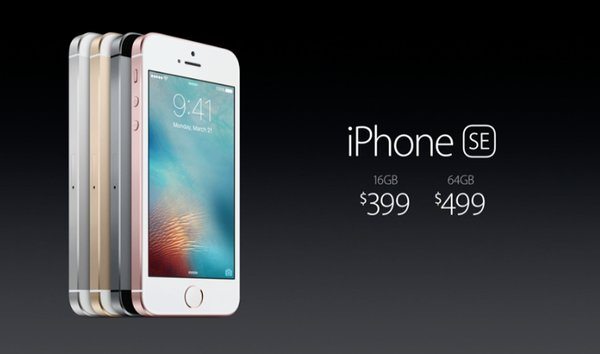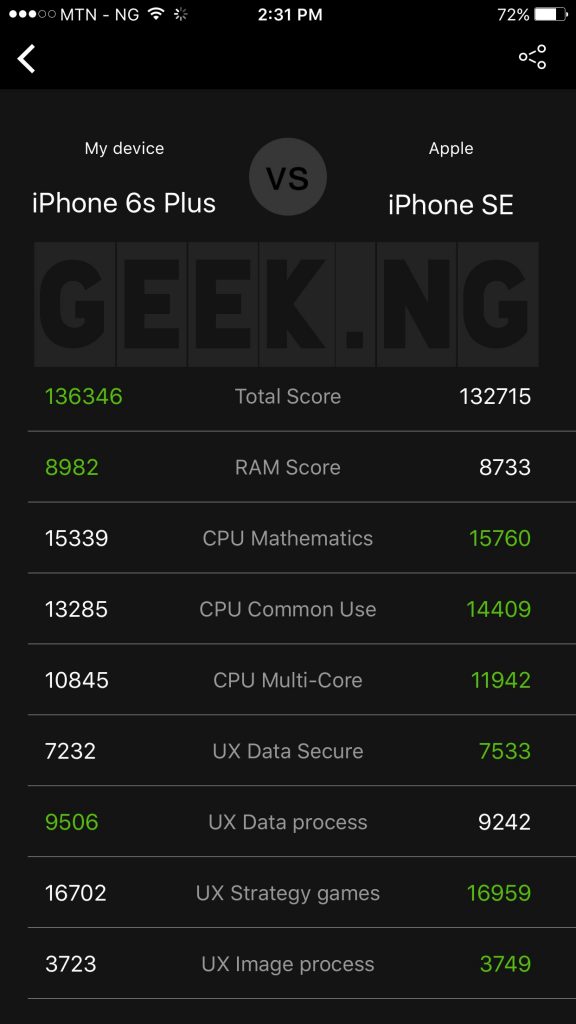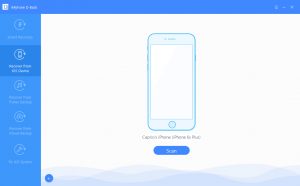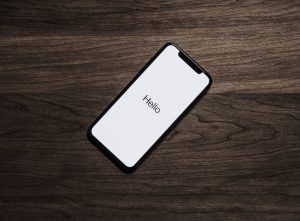When Apple decided to pack all the power of the iPhone 6s into the 4-inch iPhone SE, the company probably knew exactly what it doing. But come to think of it, has it really worked out? Do people still use 4-inch devices in 2016? Was the number of units sold worth the investment?

When Apple decided to break away from the small screen syndrome and release bigger iPhones in 2014, nobody thought the company would go back to making 4-inch devices 2 years later. Apple probably did its survey and realized a number of users prefer smaller screens but this is only a tiny, small fraction of iOS users.
I spotted the 4-inch iPhone SE on Konga earlier this week and the 16GB version has a price tag of ₦178,000. It got me wondering if a regular Nigerian would go for an expensive phone with that screen size. A few days ago, a press release landed inbox mailbox announcing that this same phone is now available in Nigeria at iConnect Store, Lekki for ₦150,000.
But isn’t even 150k a bit too much for a 4-inch phone? It’s a known fact that the iPhone SE packs almost the same power as the iPhone 6s. I compared the Antutu benchmark result I got on the iPhone 6s Plus with that of the iPhone SE and this is what I saw.

The iPhone 6s Plus is ahead by only a very small margin but no matter how much power the phone packs, size matters and I can almost predict that this device will only sell a few units here in Nigeria. A potential buyer would prefer even the older 4.7-inch iPhone 6 from 2014.
It appears Nigerians prefer bigger phones. Chinese brands operating in Nigeria that understand the market are no longer making even 5-inch devices. The standard now seem to be 5.5-inch. The iPhone SE may probably sell in some markets but here in Nigeria, that screen size is so 2012.





